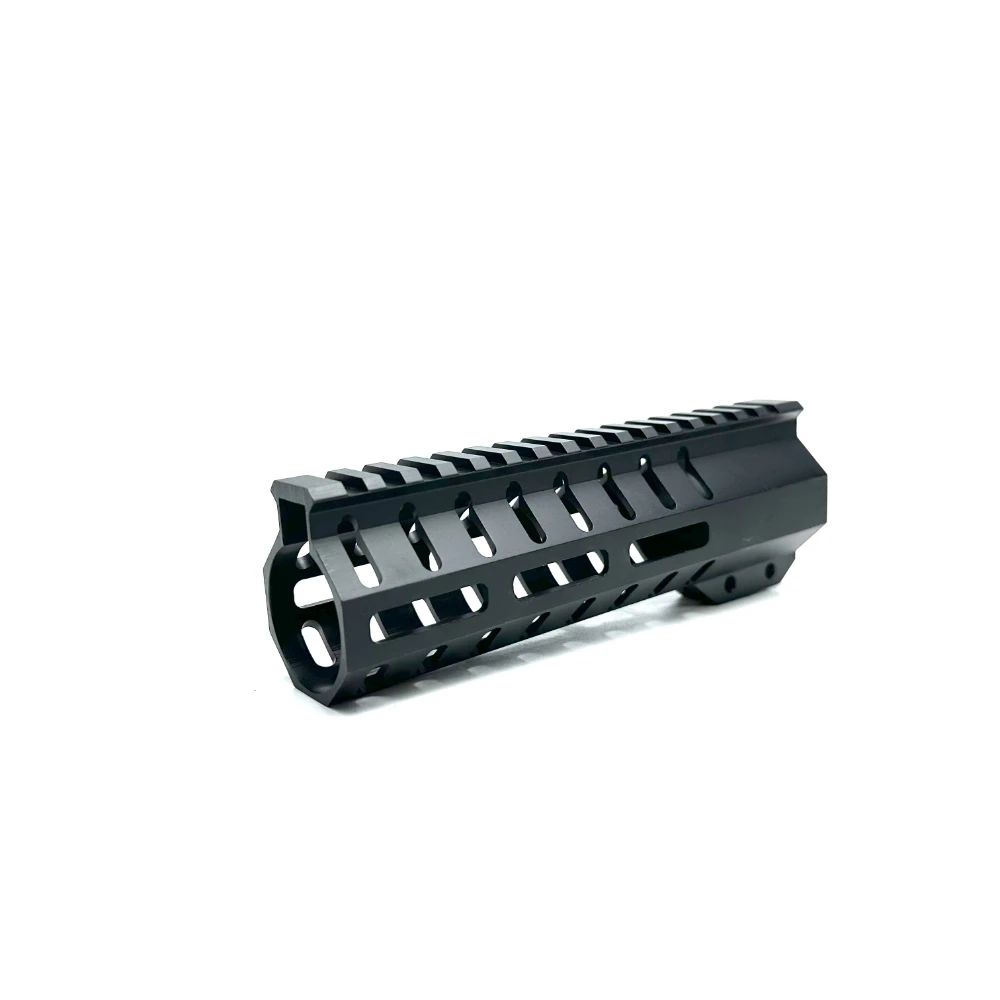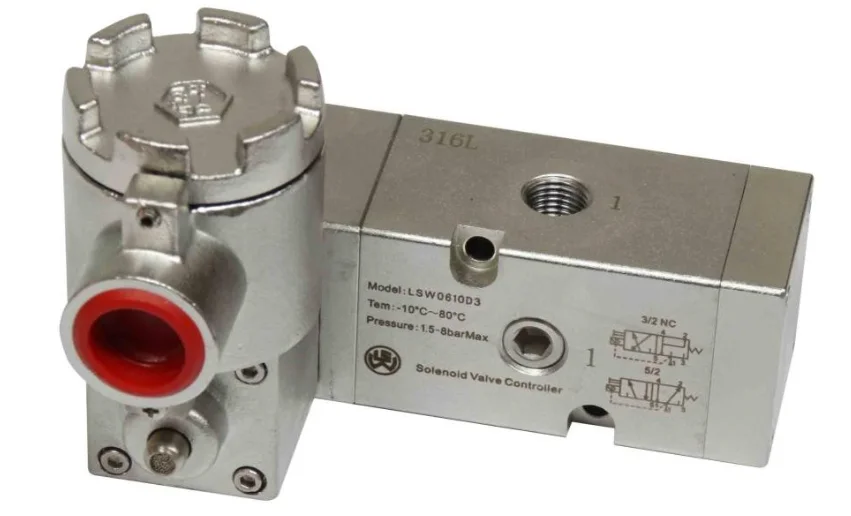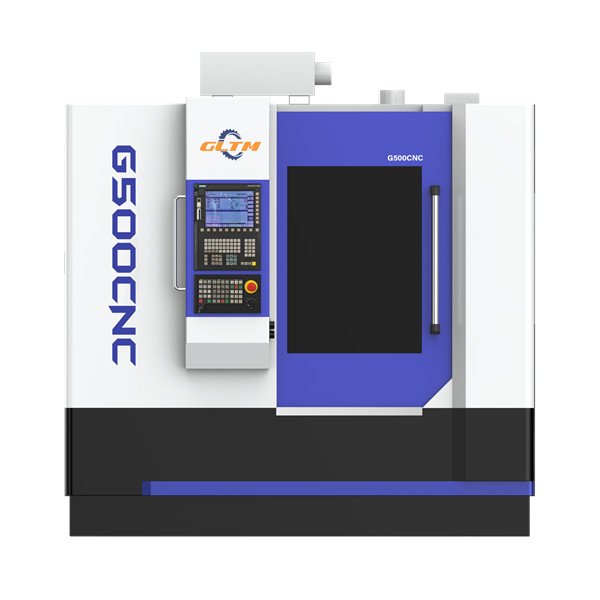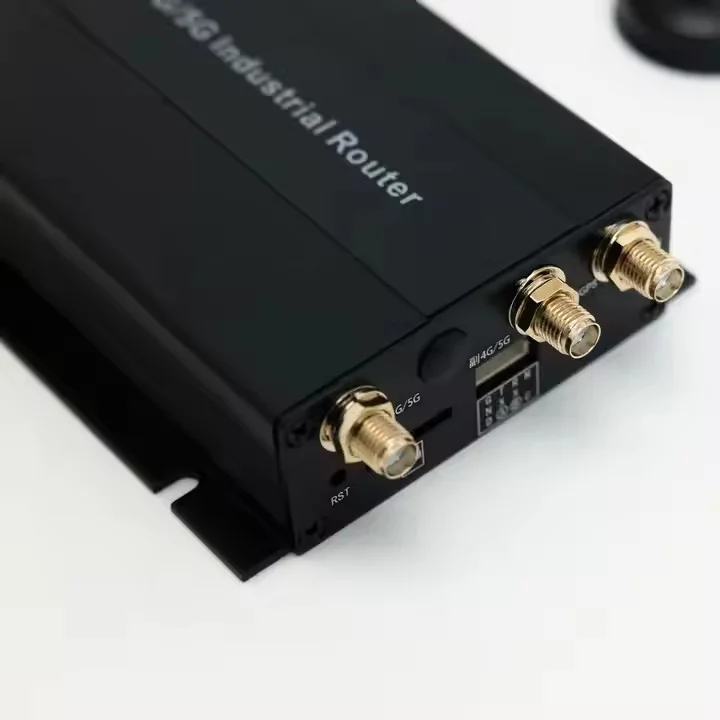Plate heat exchangers (PHEs) are essential components in various industrial applications, including HVAC systems, food processing, chemical manufacturing, and power generation. Their efficiency and compact design make them a preferred choice for heat transfer processes. However, to maximize their performance and longevity, it is crucial to understand how to work a plate heat exchanger effectively. This article delves into the intricacies of operating and maintaining PHEs, ensuring optimal performance and energy efficiency.
Understanding the Basics of Plate Heat Exchangers
Before diving into operational techniques, it’s essential to grasp the fundamental principles of plate heat exchangers. A PHE consists of multiple thin plates stacked together, creating channels for two fluids to flow in opposite directions. This counterflow design maximizes heat transfer efficiency while minimizing the footprint of the equipment.
Key Components of a Plate Heat Exchanger
- Plates: The primary heat transfer surfaces, usually made of stainless steel or titanium, depending on the application.
- Gaskets: These seal the edges of the plates, preventing fluid leakage and ensuring that the fluids do not mix.
- Frame: The structural component that holds the plates in place and allows for easy maintenance and cleaning.
- Inlet and Outlet Ports: Where the hot and cold fluids enter and exit the exchanger.
Step-by-Step Guide on How to Work a Plate Heat Exchanger
- Installation and Setup
Proper installation is crucial for the efficient operation of a PHE. Follow these guidelines:
- Location: Install the PHE in a well-ventilated area to prevent overheating and ensure easy access for maintenance.
- Orientation: Ensure the unit is installed according to the manufacturer's specifications, typically in a vertical or horizontal position.
- Connections: Use appropriate piping and fittings to connect the inlet and outlet ports, ensuring that they are leak-proof.
- Operational Parameters
Understanding the operational parameters is vital for optimal performance:
- Flow Rates: Maintain the recommended flow rates for both fluids. Too high or too low flow rates can lead to inefficiencies and potential damage.
- Temperature Control: Monitor the inlet and outlet temperatures. The temperature difference between the two fluids should be within the design specifications to ensure effective heat transfer.
- Pressure Drop: Regularly check the pressure drop across the heat exchanger. A significant increase may indicate fouling or blockages.
- Monitoring and Control
Implementing a monitoring system can enhance the efficiency of your PHE:
- Temperature Sensors: Install sensors at the inlet and outlet to continuously monitor temperature changes.
- Flow Meters: Use flow meters to ensure that the fluids are circulating at the correct rates.
- Pressure Gauges: Regularly check pressure gauges to detect any abnormalities in the system.
Maintenance Practices for Longevity
To ensure the longevity and efficiency of your plate heat exchanger, regular maintenance is essential.
- Cleaning
Fouling can significantly reduce the efficiency of a PHE. Implement a cleaning schedule based on the application:
- Chemical Cleaning: Use appropriate cleaning agents to dissolve scale and deposits. Ensure that the cleaning solution is compatible with the materials of the PHE.
- Mechanical Cleaning: For severe fouling, disassemble the plates and clean them manually or using specialized equipment.
- Inspection
Regular inspections can help identify potential issues before they escalate:
- Visual Inspection: Check for signs of corrosion, leaks, or damage to the gaskets and plates.
- Performance Testing: Conduct performance tests to ensure that the heat exchanger operates within the specified parameters.
- Replacement of Parts
Over time, components may wear out and require replacement:
- Gasket Replacement: Regularly inspect gaskets for wear and replace them as needed to prevent leaks.
- Plate Replacement: If plates are damaged or corroded, consider replacing them to maintain efficiency.
Troubleshooting Common Issues
Even with proper operation and maintenance, issues may arise. Here are common problems and their solutions:
- Reduced Heat Transfer Efficiency: Check for fouling, incorrect flow rates, or temperature imbalances.
- Leaking Fluids: Inspect gaskets and connections for wear or damage.
- Unusual Noises: This may indicate cavitation or mechanical issues; inspect the system for blockages or misalignments.
Conclusion
Working a plate heat exchanger effectively requires a combination of proper installation, monitoring, maintenance, and troubleshooting. By adhering to these guidelines, operators can ensure that their PHEs function efficiently, providing reliable heat transfer while minimizing energy consumption. Regular attention to operational parameters and maintenance practices will not only extend the lifespan of the equipment but also contribute to overall system efficiency and cost savings. Embrace these best practices to master the art of working with plate heat exchangers and optimize your industrial processes.






